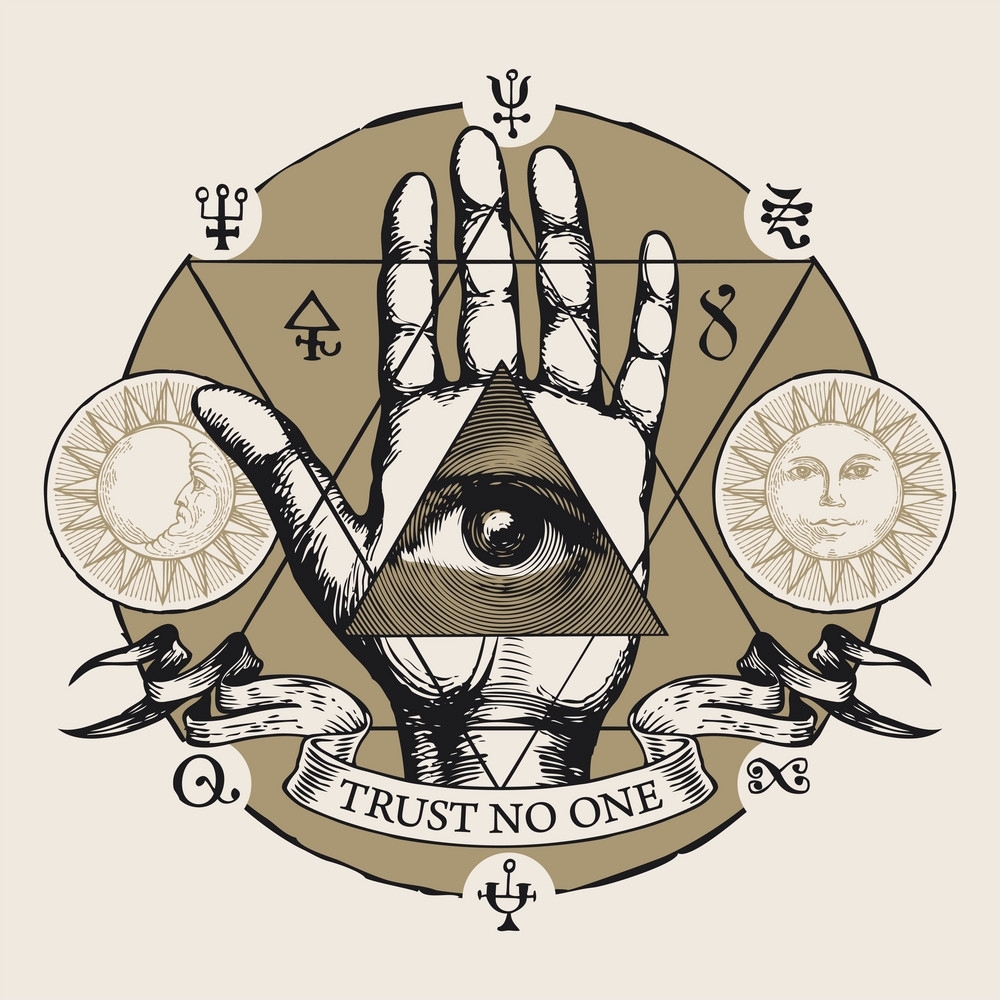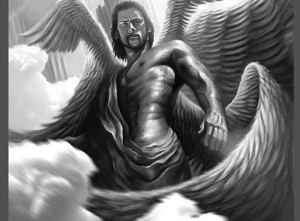“How you have fallen from heaven, O star of the morning, son of the dawn! You have been cut down to the earth, You who have weakened the nations!” – Isaiah 14:12
This verse comes from one of the books of the Tanak, from Isaiah, the biblical prophet who lived in Judah over 2700 years ago. The verse has commonly become a touchstone to one of the more fascinating myths created by human beings. A myth that told of a primordial War in Heaven between titanic, cosmic forces of good and evil, led on one side by Michael the Archangel and on the other, Lucifer, the Light-Carrier. Lucifer failed and his Fall from Heaven preceded the Fall of Man in the Garden of Eden. However, that is not what Isaiah was writing about, because the notion of a War in Heaven would have been incomprehensible to him. The concept didn’t exist in Isaiah’s religious conception. Lucifer the fallen angel, as we will show, was a singularly Christian invention that was used to portray certain theological concepts that the Churchmen thought were crucial to the Christian religious framework. There needed a contender against the Will of God, and adversary that explained evil in an existence of a “good God.” If Lucifer did not exist, he would have been invented.
It is a fact that the planet Venus was also called “Lucifer’ by the ancient Greeks. Lucifer is Greek for Light-bearer. As we see in the above quotation, the subject is the “star of the morning.” So the question to ask is how the planet Venus, as the “Morning Star,” become associated with the biblical Lucifer?
The answer comes from a principal early Latin version of the bible known as the Vulgate, compiled sometime around 405 CE. The Hebrew books that makes up the “Old Testament” in the collection was edited largely by the Church Father, Hieronymus, commonly known today as St. Jerome. While it took many centuries, the Vulgate eventually enjoyed the status as the official bible of the Roman Catholic Church by the 16th century. The Vulgate was a great influence on the English language and on the Geneva (French) and the King James (English) versions of the bible. Instead of using the popular Greek version of the Hebrew Bible called the Septuagint, Jerome used the Hebrew version of the book of Isaiah. Concerning the passage of Isaiah, Jerome would have seen the Hebrew words to translate O star of the morning, son of the dawn, as ”Helel,” “the shining” or “brilliant one,” and “ben Shahar,” “son of the dawn.” Instead of using the Hebrew name, “Hehel,” Jerome substituted with the Latin, “Lucifer.” Jerome effectively changed the meaning of the verse from “star of the morning” to “light carrier.” We’ll find out why in a moment. Incidentally, the Septuagint (the writings of the Hebrew Holy Books written in Greek), uses the word Greek word “Eosphoros,” which is Venus in her aspect as the morning star, which a far more accurate translation than the Latin word, Lucifer.
…
The name Lucifer also appears in Plato’s Timaeus, where Timaeus discusses the origin of creation with Socrates. Later the Romans also referred to the morning star Venus, as “Lucifer.”
To review: Jerome translated “Helel ben Shachar,” Hebrew for, “Daystar, son of Dawn” — with ”lucifer qui mane oriebaris,” (morning star that used to rise early),” effectively changing the meaning of the passage. Incidentally, the fascinating thing about Helel, the brilliant, shining one, was that he is first portrayed in a Phoenician religious story as attempting to usurp his father’s throne, but failed, resulting in his being cast out of Heaven into the darkness. This mirrors a Greek myth about Phaethon, where the day-star is cast out of heaven for similar reasons.
– from Darryl Thomas‘ blog


